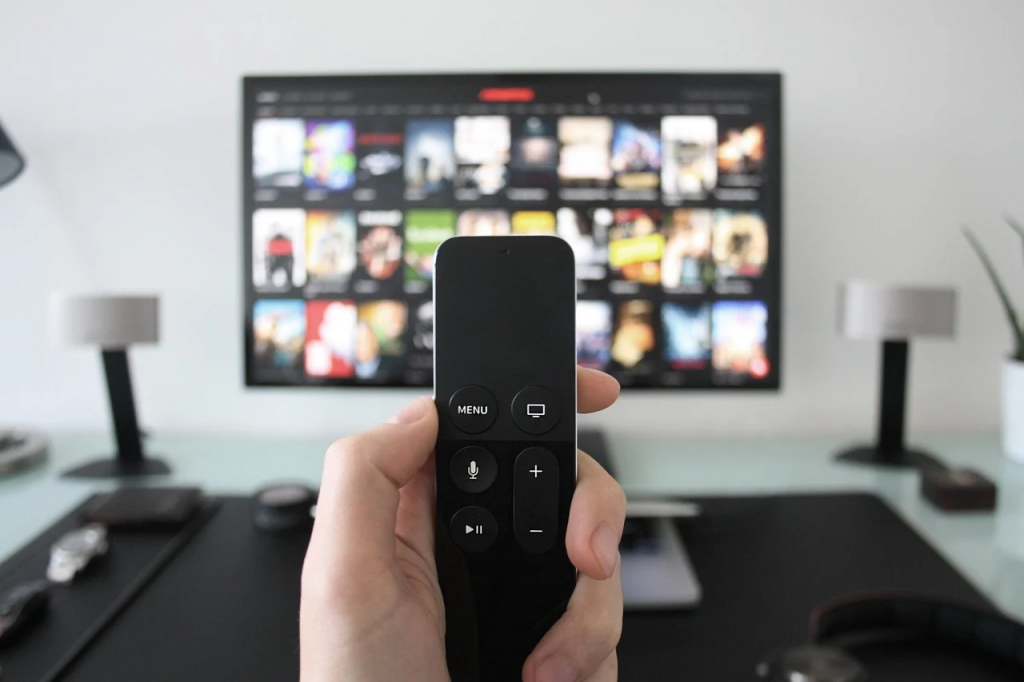Traditional TV commercials and next-gen programmatic ad buying are merging, letting brands apply the same granular targeting used in desktop and mobile to VoD services. But how do you make sure to deliver hyper-personalised ads to each viewer in the household at the right time? In this article, Yana Yelina and Oksana Mikhalchuk at Oxagile, explain how to unlock the full potential of programmatic TV
By 2021, addressable ad spend is expected to reach 85% in the US, the 2019 Programmatic Marketing Forecasts research reveals.
Still, advertisers rely heavily on gross ratings to understand the targeting range for their TV ad investments. But this method is becoming less and less effective, because the demographic data presented by broadcasters is often too generalized. Besides, with VoD services like Netflix and personalized advertising on the rise, viewers choose what they want to watch on TV no matter the broadcast schedule. And how do you make sure to deliver hyper-personalized ads to each viewer in the household at the right time?
AI-powered programmatic advertising answers this and many other questions — by using real-time data like audience demographics, geography, interests, device type, as well as the time of the day. Read on to find out what other benefits you’ll get by making the most of AI development.
Maximizing ROI of TV campaigns
In short, programmatic or addressable advertising allows you to buy or sell TV ads based not only on GRPs, but also on the results of an AI-powered cost-benefit analysis. By leveraging AI tech, you’ll be able to analyse TV and second-screen usage to create detailed audience profiles featuring unique viewing and purchasing habits. And with this data at hand, you can provide your audience with relevant and timely ads, while minimising wasted impressions.
Backed by AI, improved relevance of addressable ads creates value for everyone involved in the advertising chain. Advertisers reach multiple highly specific audience segments, and broadcasters get unprecedented opportunities for content monetisation.
When commercials become relevant to audience interests, income, and needs, they will be less likely skipped or muted, bringing you higher engagement rates and greater viewing experience.
Saving time thanks to process automation
From requesting an ad proposal to managing the frequency with which the ad is shown, traditional TV ad buying is still mostly manual.
In contrast to this, addressable advertising accelerates communication between buyer and seller, while streamlining ad planning and performance analysis. If you make the ad buying process programmatic, your campaign management will be unified on a single platform, allowing you to control and optimise ads across all screens. Underpinned by AI-powered targeting, your commercials will automatically reach audience segments that are most likely to convert, while cutting down time on manual adjustments.
When the campaign execution and performance measurement are automated, you can shift the focus from processing endless, back-and-forth emails to reaching your key business objectives like improving brand reputation.
Increasing ad campaign predictability and transparency
Think implementing an AI-enabled behaviour analysis to understand when and where to place your ads, also predicting the category of viewers who might need the advertised products soon. This is how the ‘you might also like’ algorithm works on major VoD and social media platforms — previously fed with valuable data on user behaviour.
Here’s an example from digital marketing. Let’s say a person is looking for a hotel in London. So it’s time to serve airline ads, because the user’s next search will probably be for relevant flights. It’s the same with TV. If a person tunes in to news after work, chances are they do it every workday.
Another benefit of programmatic advertising is granular real-time analytics that delivers visibility into all aspects of your TV ad campaigns. Unlike manual TV ad buying, programmatic advertising is flexible. It provides you with in-depth reports while your campaign is in full swing, empowering you to optimise your ads in real time and maximise TV advertising value.
Key takeaways
If broadcasters unlock the full potential of programmatic TV, they will increase their returns on investments, and viewers will see only relevant, precisely targeted ads across all channels. And advertisers who are the first to leverage a data-driven approach will enjoy competitive advantages like accurate trends analysis, advanced viewer behaviour analytics, and increased ad campaign transparency.
About the authors:
Yana Yelina is a Technology Writer at Oxagile, a provider of software engineering and IT consulting services. Her articles have been featured on KDNuggets, ITProPortal, Jaxenter, Singularity Hub, and Datafloq, to name a few. Yana is passionate about the untapped potential of technology and explores the perks it can bring businesses of every stripe. You can reach Yana at yana.yelina@oxagile.com or connect via LinkedIn or Twitter.
Oksana Mikhalchuk is a Technology Writer at Oxagile, a New York-based provider of next-gen software engineering solutions around IoT, AI, computer vision, biometrics, and more. Oksana creates content about state-of-art tech opportunities in healthcare, education, entertainment, and manufacturing.
